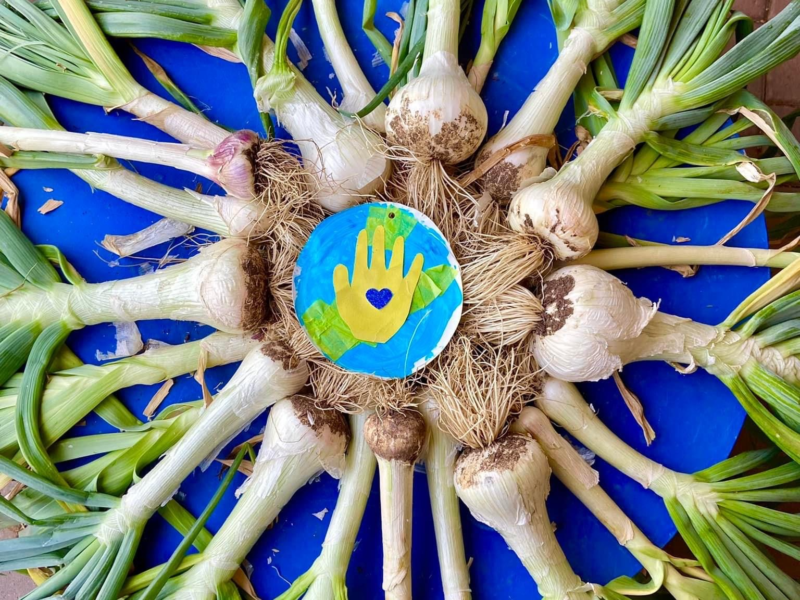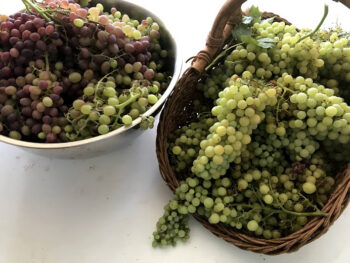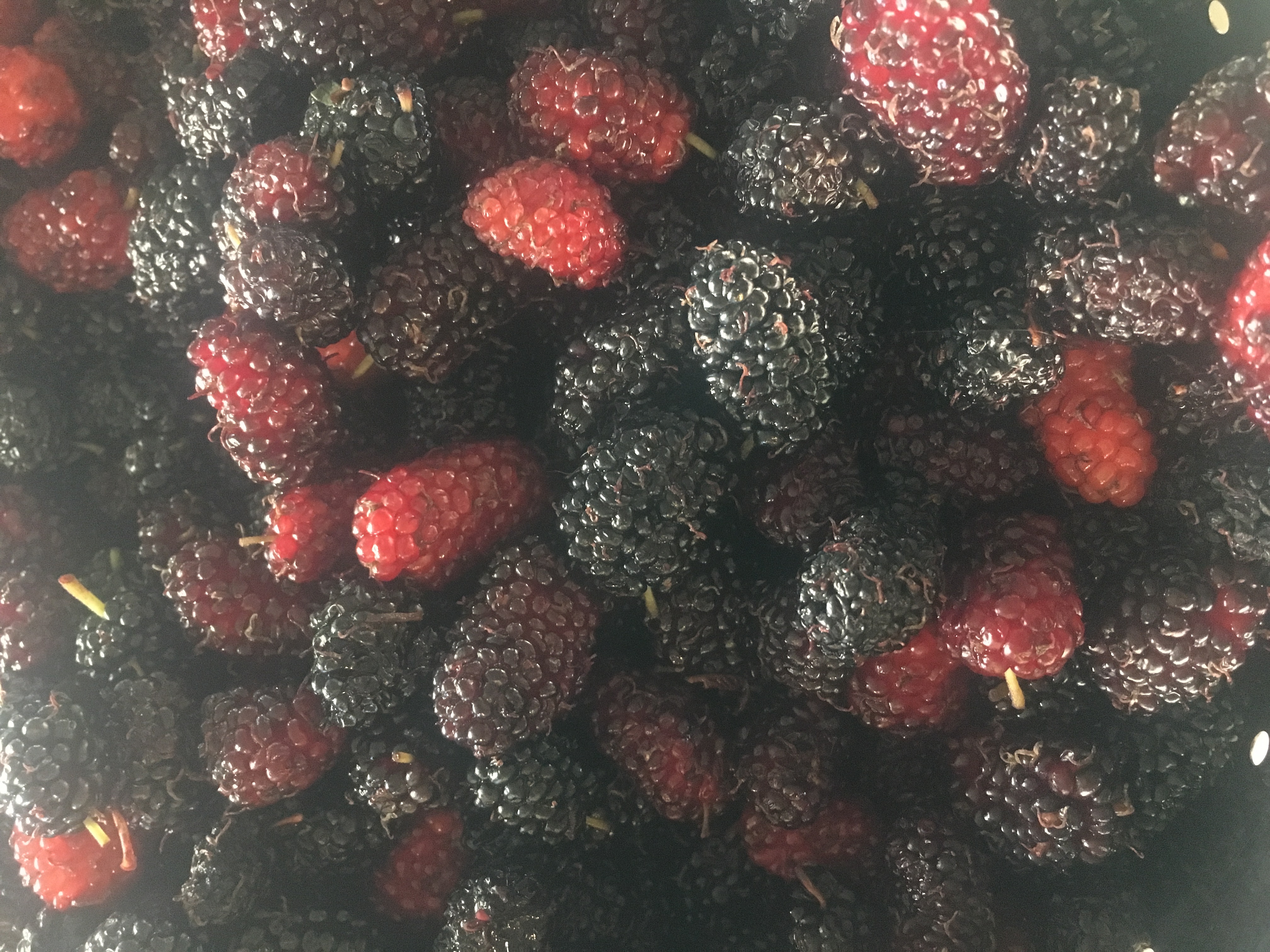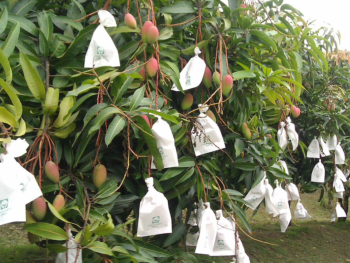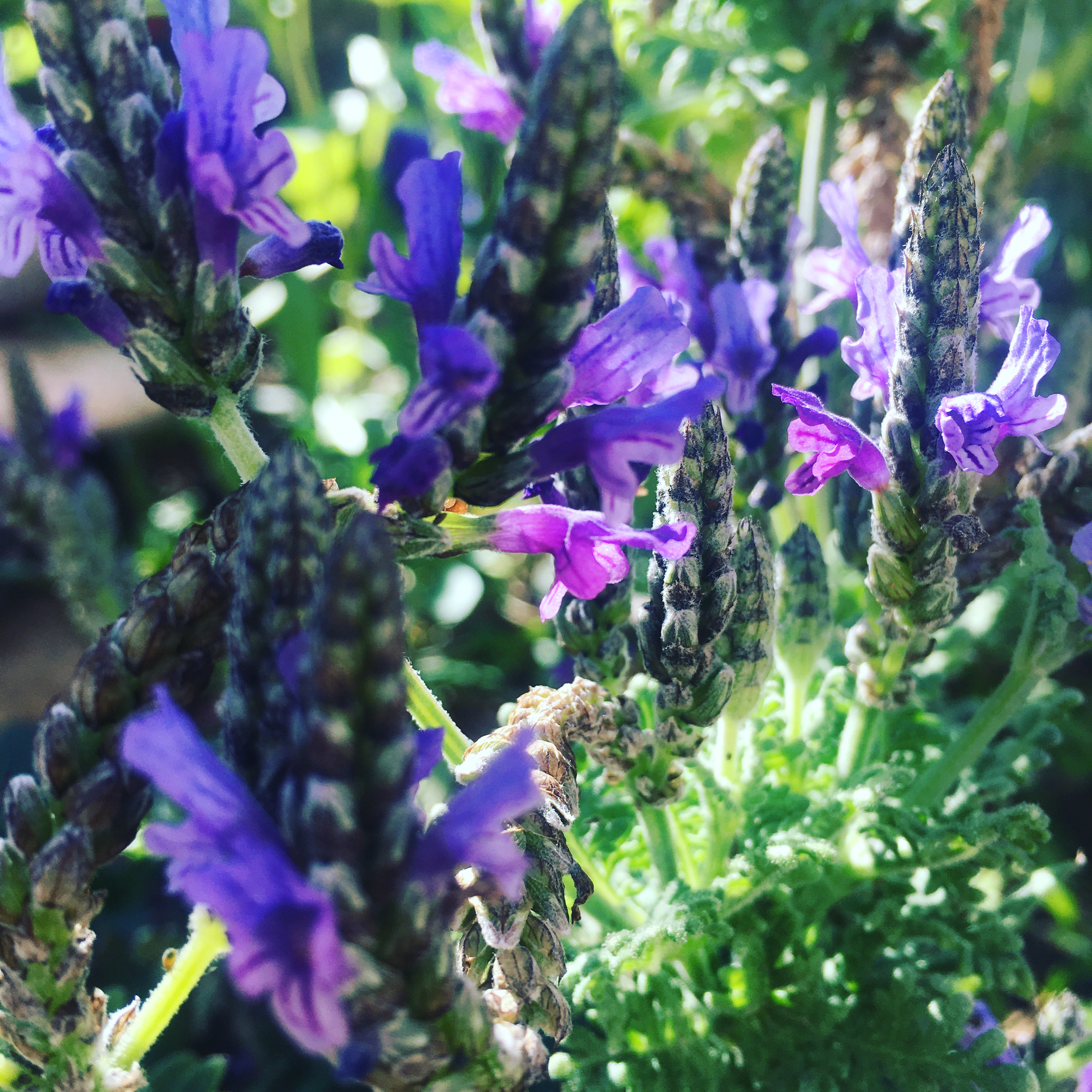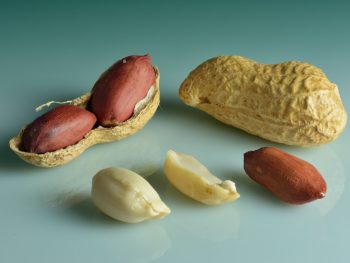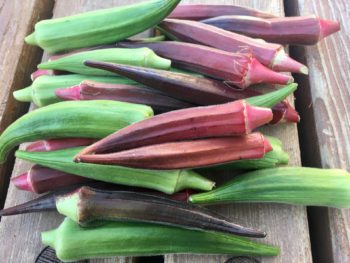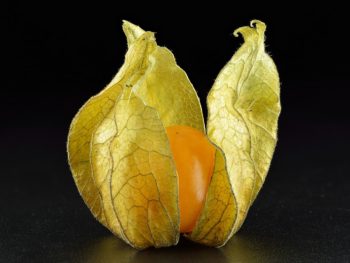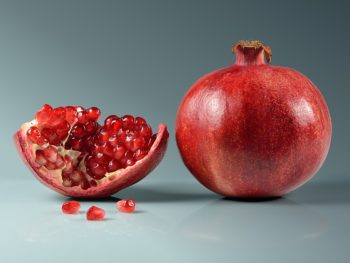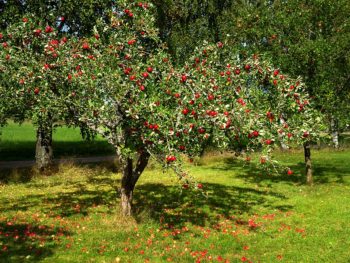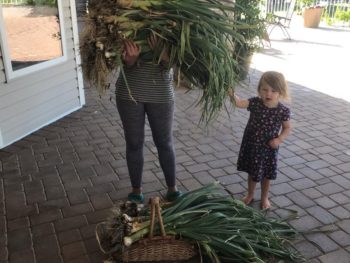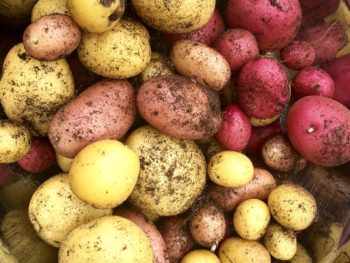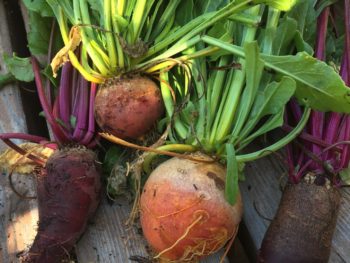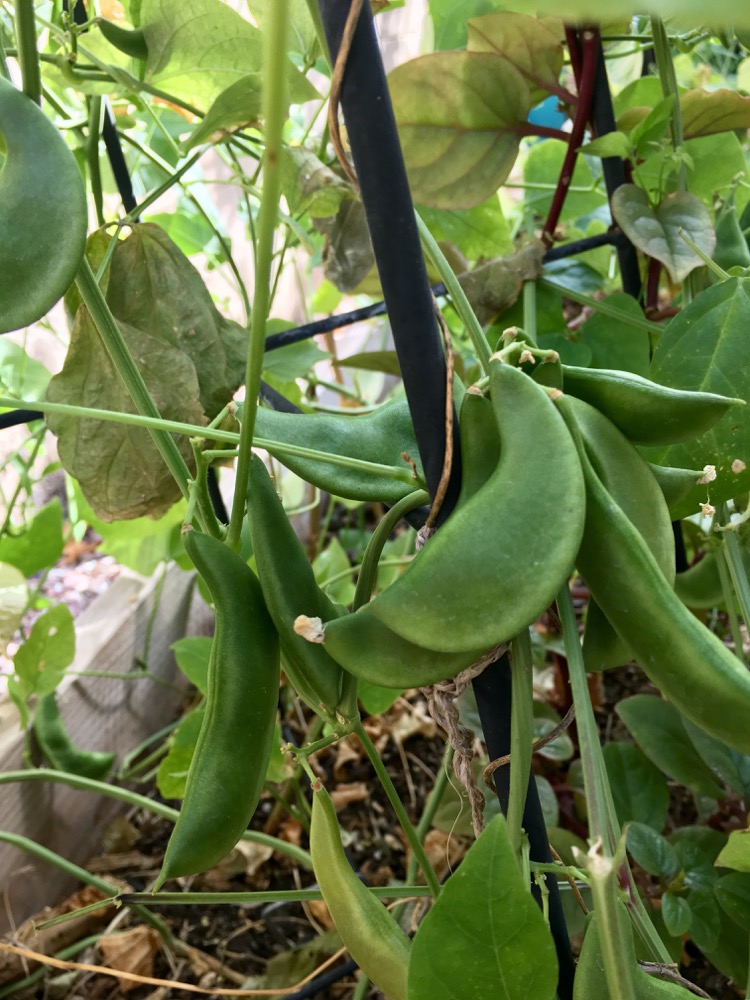FULL SUN
Full sun,
pH
Acidic 6.2- 6.8
FEEDING
Heavy Feeder. Nitrogen, Phosphorus, Pottasium
PLANTING
Plants: January
Seeds: October
Growing onions can be frustrating for many gardeners in our desert climate, however, however, with a few basic tips, success is possible. Onions are photothermoperiodic, which means they are affected by temperatures and daylight/day length. They are divided into short-day, medium-day, and long-day types. Short-day onions grow best when the summer day length is 10-12 hours long( Southern States), medium-day when it is 12-14 hours long. Long-day grow best when the day length is 14-16 hours long(Northern States).
In Arizona, short-day types work best, but we can grow medium-day types as well. Many gardeners choose to purchase young plants from Dixondale Farms, which supplies appropriate types for our area. They can also be started from seed. The biggest challenge once the correct type has been chosen is bolting. The secrets to avoiding bolting in the how-to-grow section.
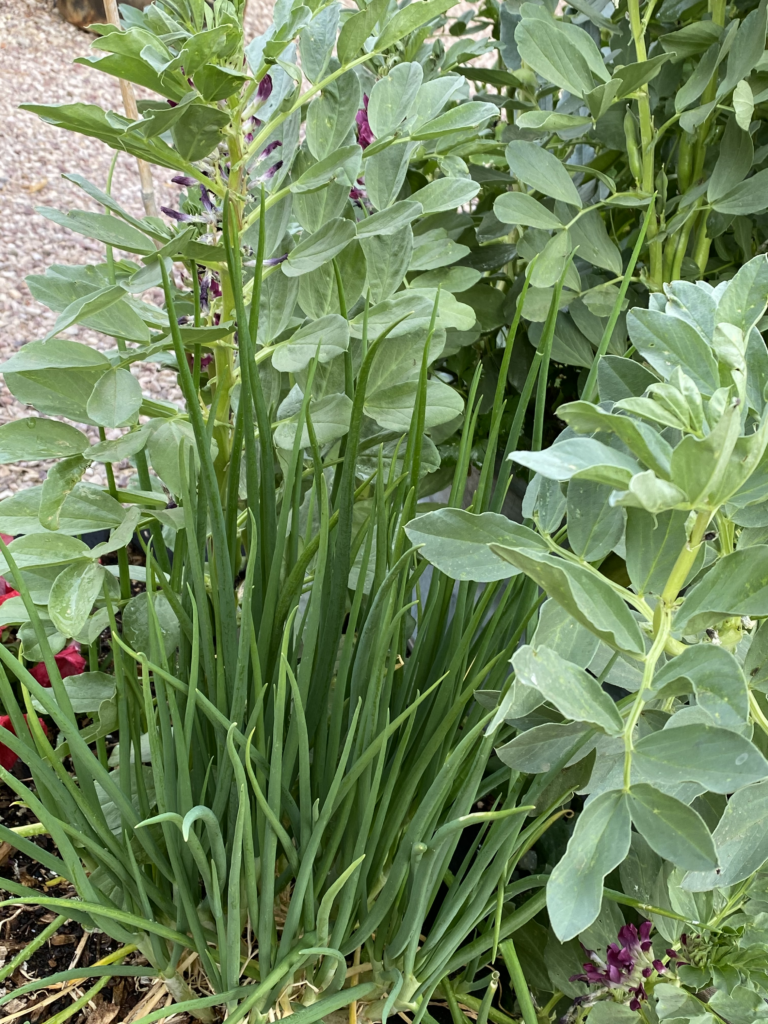
Varieties:
Instead of focusing on information for different varieties, the information provided below will be for the different types of onion that can be grown in our conditions. For Arizona, and other parts of the country that have shorter summer day lengths, get short-day or intermediate-day onions bulbs and sets.
Bulbing Onions: (Available from Dixondale)- White Bermuda, Texas Eary White, Yellow Granex, Texas Super Sweet, Southern Bell, Red Cand apple. From seed consider, Bronze D’Amposta, Red Creole, Granex, Violet De Galmi,Australian Brown.
Green Onions/ Bunching Onions/ Scallions: Plant from October to February. Try Red Welsh, Evergreen Bunching, Ishikura.
Shallots: Care and plant shallots just as bulbing onions. Harvest when the tops fall over. French Red, Grey Griselle, Dutch Red, Dutch Yellow.
Iitoi Onions: This is a native adapted onion to the Southwest. It is a multiplying type and will keep making new little onions rather than a large singular bulb. They can be planted any time of the year, but are typically planted during the monsoon season. Harvest once they are multiplying. These are mostly planted from plants usually shared between gardeners. A perennial onion.
Walking Onions: This is a perennial, novelty type that is fun to grow. The onion will send out a flowering stem that forms little bulblets. These will fall over and as they make contact with the soil they start to grow a new onion.
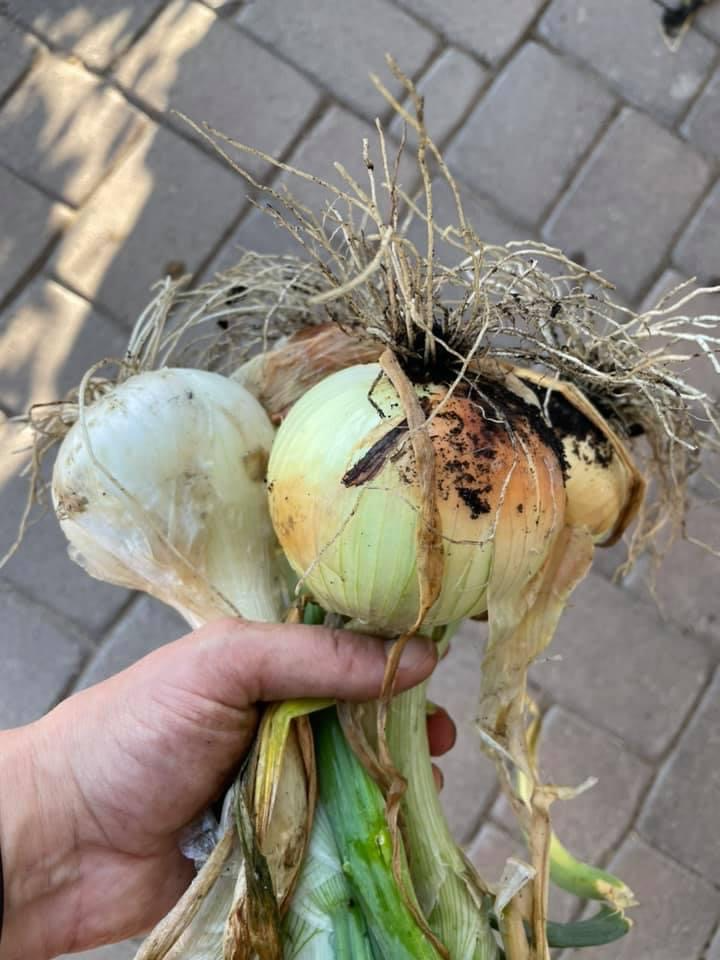
HOW TO GROW
- Well-draining soil is necessary. Amend with organic matter, and crushed lava rock or builders sand to create a free-draining mix.
- Soil pH matters, use sulfur to lower soil pH, but keep in mind sulfur will also cause onions to be strong(causes the crying effect). When using onions, cut them in half and soak them in water for a few minutes to reduce this effect.
- Onions need a fertilizer high in phosphorus such as the Earth’s Original Organics Magic Flower. Feed every three weeks, onions are heavy feeders. Once they start bulbing, stop fertilizing.
- Onions require a full sun location as long as temps are below 85 degrees. They should get approximately 6-8 hours of sun per day. When temperatures are above 85 degrees, they will need dappled shade such as a 30% shade cloth.
- Plant them approximately 6 inches apart.
- If planting onion sets, do not plant deeper than an inch or they will not bulb. Sets need to be planted out in January- February. Do not purchase these from the grocery store, they are not likely to do well. Dixondale is the best supplier for young onions, they are not quite set, instead, they are young plants.
- If growing from seed, start indoors in October when and maintain a consistent temperature.
- The best time to plant out seedlings is in January. This is because colder temperatures trigger bolting. If sustained temperatures are below 45 degrees and the plant has five leaves, bolting can be triggered. If temperatures are below 50 degrees for two or more weeks and the plant is more mature with approximately 7-10 leaves, bolting will occur as soon as temperatures warm up. At 7-9 weeks, 5 to 7 leaves are developed. Therefore, large seedlings should not be planted out earlier.
- However, if the seeds were started indoors later, and the plants have less than 5 leaves, they can be planted out in November through December.
- Seeds can be direct-sown in October as the cooler temperatures will cause slower growth, hopefully, less than five leaves through November and December.
- Water onions deeply and allow the top inch of soil to dry out before watering too much. Over-watered onions will start to get yellow leaves. Underwatered onions tend to get brownish leaves.
- Onions can be grown in containers following all the above information. Choose containers that are appropriately sized. Small window box-sized containers are not deep enough for bulbing types and will also heat up too quickly.
POSSIBLE ISSUES
Soft Onions
Too much nitrogen caused onions to grow sugary and soft. It makes them prone to fungal disease. This is also an invitation for aphids.
Soft-Bodied Insects
Black aphids may attack onions. Monitor aphids and remove infected areas by hand, or encourage beneficial insects such as lacewings, ladybugs, and assassin bugs.
Early Bolting
Explained in How-To-Grow
Good Companions
An excellent companion for brassicas, to help repel pests attracted to the brassica family. Plant with chamomile, it is said to improve the flavor of onions. Other good companions are carrots, beets, lettuce, tomatoes, marigolds, roses, and fruit trees. Onions are especially beneficial close to roses and fruit trees to help with pest control.
Harvesting
- Onions are ready for harvest when the tops start to fall over and turn brown and yellow. The plant should have about 13 leaves at this point.
- Stop watering for a couple of days then harvest. In Phoenix, onions are typically ready to harvest in May. Move them out of the sun if in Phoenix or an area where temperatures are above 90 degrees and allow them to dry out for a couple of days in dappled shade. Do not let them get wet.
- To cure your onions, move them to a garage or other cool area that is well ventilated. The neck of the onion needs to dry out completely. The skins will start to change to a uniform color. Once thoroughly dry, cut off the roots and the tops(leaves) to one inch.
- They are now ready to be stored in a cool place where they get sufficient airflow. Sweet onions do not store as well as other types.
** If onions start sending up a flowering stem before the leaves are falling over, they are bolting without forming complete bulbs. It is best to pull these up if there is any bulb and use them. If no bulb is present, harvest the flower and use it in salads. Do not save seeds from early bolted onions. The genetics are poor, planting them will result in similar early bolting onions.
Saving Seed
Leave a few onions in the ground to flower and set seed. Once the flowers start to dry out, place an organza bag over them to catch any ripened seeds. Store seeds in a paper envelope for future use.

